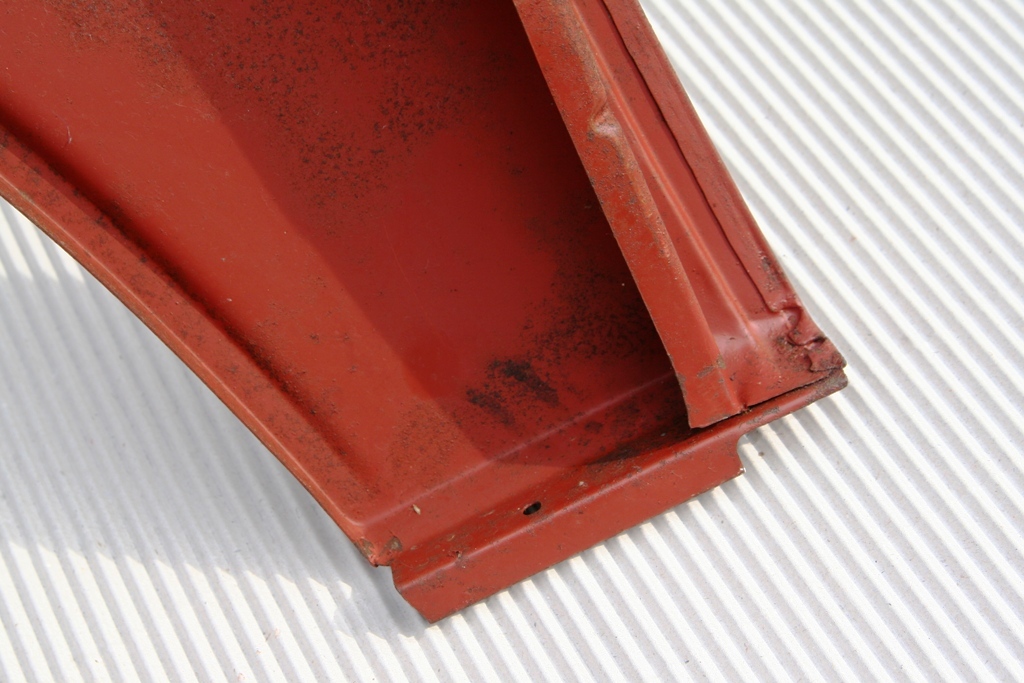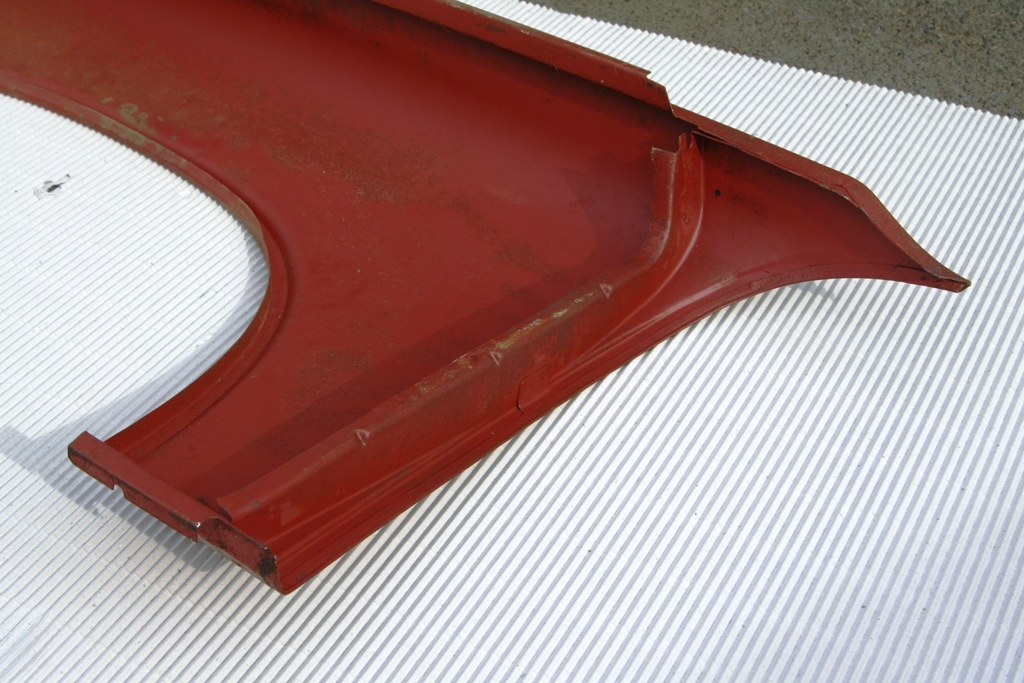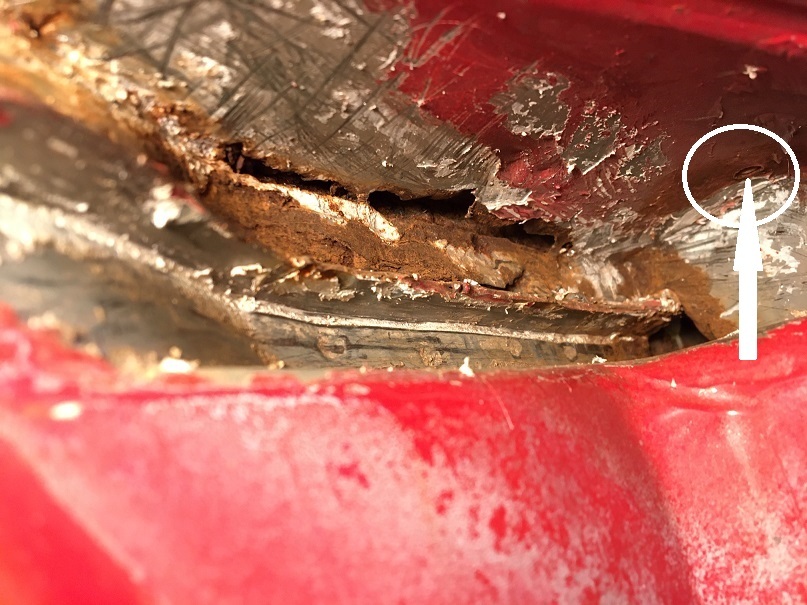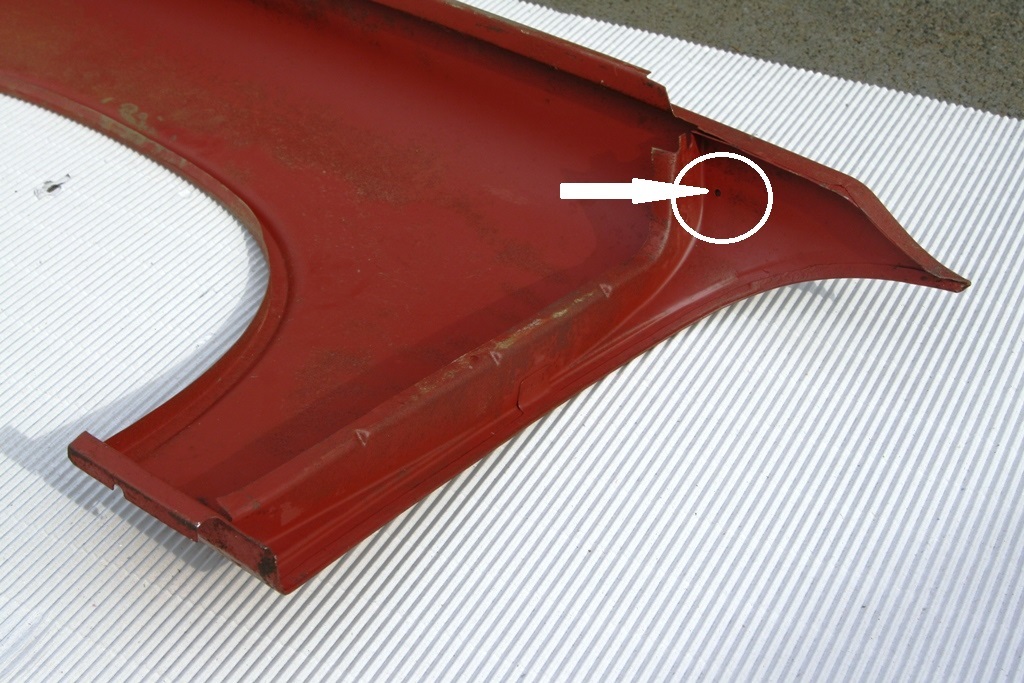Original post; I got side tracked on my Microsquirt build as I have decided, after 11 years of ownership, to finally get my car painted to get her ready for her upcoming 50th birthday.
Knowing these endeavors can take a lot more time than initially planned, I hope to make it in time...
Originally bahia red 73 1.7. The goal is a narrow body
Front: 914-4 A arms with
Rear: Drilled hubs,
But before I get the pleasure of installing all of these beautiful fresh goodies, I need to tackle the not so fun stuff...
I have already started fixing some of the rust issues and will share that progress in the near future but right now, I wanted to post some of the issues i have on the passenger side front fender.
I am trying to understand the construction of the rear part of the fender, more precisely the area joining the front cowling.
Below is a sketch of how I think it is made but i would like someone to confirm...
Click to view attachment
Having removed the seam sealer in the upper rear area, I have discovered "this"
Click to view attachment
Click to view attachment
I might be able to cut this from the underside preventing me from cutting the outer surface of the fender. But I would like to better understand what is happening at the junction to the body.
How many layers are there from the fender, one or two?
Is the metal peeling off at the joint to the body the metal from the bulkhead/inner layer, or is it the outer fender layer?
As a reference, this if the situation of the channel, surface rust, but how bad? Is there a way to better know without destroying? Maybe poke with a screwdriver?
Click to view attachment
Comments appreciated




